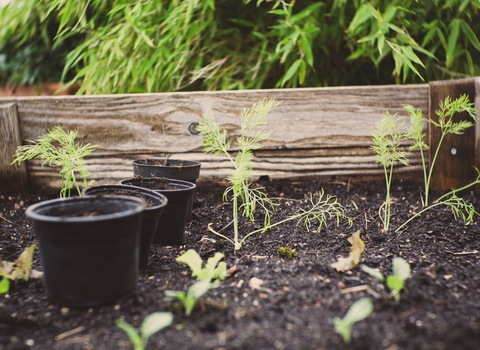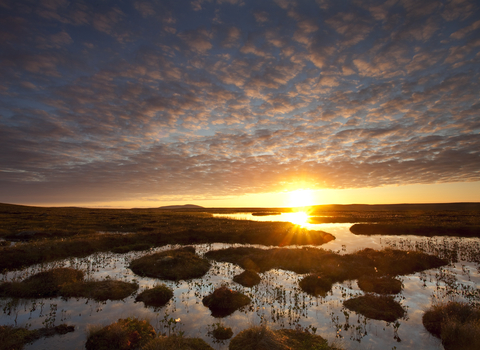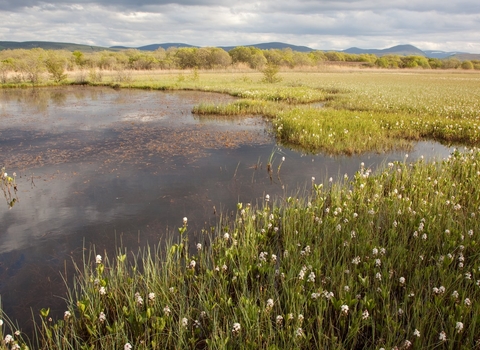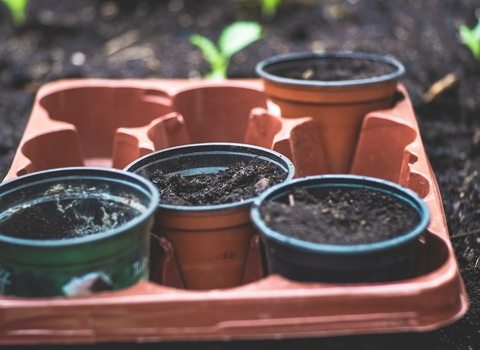It's time to end peat use in horticulture
For centuries it was believed that peatlands were of no value unless drained or extracted from. Today, it known that this is not true – so why are 80% of the UK’s peatlands still degraded? Peat extraction for gardening and growing, directly contributes to the decline of our peatlands. This has a knock-on impact for the interlinked nature and climate crises.
Progress on this issue is long overdue. Targets to phase out peat use were first introduced in 2011. After little progress, a decade later, UK Government announced it would ban the sale of bagged peat compost by 2024. However, there is currently no legislation in place to achieve this. The Welsh Government announced that it would work alongside Defra to implement a ban in Wales. The Scottish Government has consulted on this issue and has also committed to a ban on the sale of horticultural peat. In Northern Ireland, proposals to phase out peat compost sales by 2025 have been dropped completely and no date has yet been set to ban peat-related gardening products.
There must be increased ambition to bring about an end to peat use in both the UK's amateur and professional horticulture sector. Major retailers have demonstrated that it is possible, having successfully produced bedding plants not grown in peat on a commercial scale. Research has also shown that even carnivorous house plants, that originate from peat bogs can be grown without the need for peat.
The Wildlife Trusts have been at the forefront of the fight to protect peatlands since the 1990s and are leading on peatland restoration projects across the UK. To date, Wildlife Trusts have restored over 120,000 football pitches worth of peatlands in England alone.
Hidden Peat
Many people are now aware that switching to peat-free composts is an easy way to protect peatlands. However, did you know that peat can also be found lurking in other places?
This includes:
- Potted house plants
- Trays of bedding plants
- And some of the food we eat!
Over 10,000 people signed an open letter asking retailers to improve their labelling on product that may contain peat.
Anyone who loves wildlife will not want to unknowingly buy products containing hidden peat. Use our free resources to learn more, and spread the word.
What can you do?
Help us to raise awareness of 'hidden peat' and let others know how to avoid it.
1. Download and share our social media graphics for examples of where hidden peat can be lurking and some of the consequences of using peat. Use the hashtag #HiddenPeat Everyone needs to know where hidden peat is!
2. Discover Hidden Peat as part of our campaign, by registering to be a peat inspector below
Sign up to be a peat inspector
Want to be kept up-to-date on the latest developments in our quest to uncover hidden peat? Sign up below to be the first to know the latest peat-related news. We will be looking for peat-containing products and finding out what retailers are going to do about removing it from their supply chains.
Together we will call for clearer labelling on peat-containing products and ask for commitments to removing peat in supply chains.




